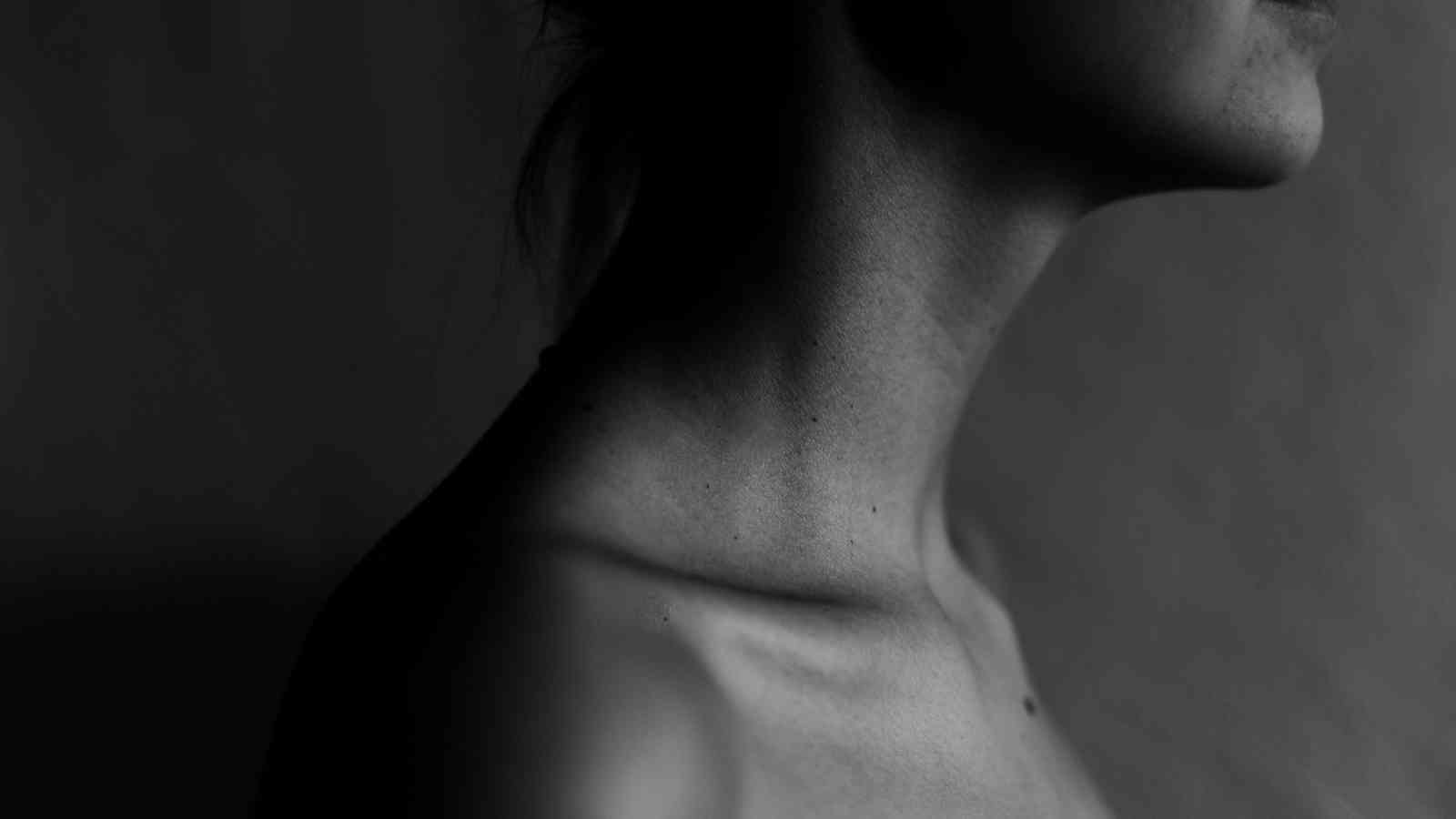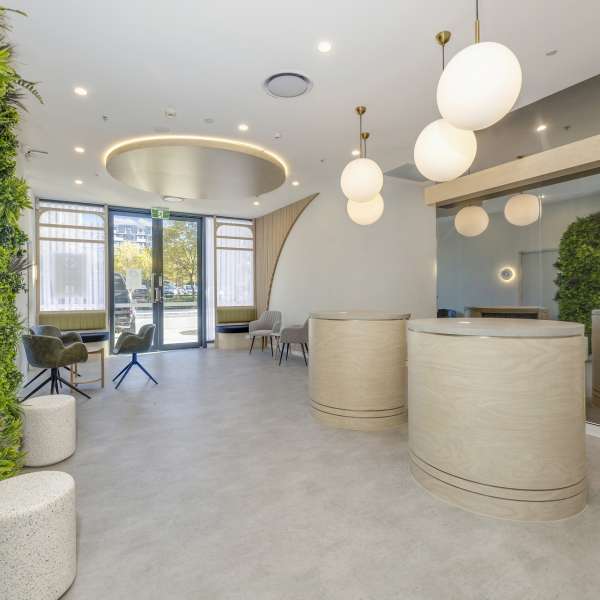
Skin Checks
It is important to be aware of your risks for developing skin cancer and how to prevent it. Found early, skin cancer is highly treatable.
Australia has one of the highest rates of skin cancer in the world. Australians are blessed with beautiful weather and a beautiful country to enjoy it. However, too much exposure to UV radiation in sunlight is what causes the majority of skin cancers.
More than 2,000 people in Australia die from skin cancer each year, and 2 in 3 Australians are diagnosed with skin cancer by the age of 70. Although your risk of skin cancer is lower if you have darker skin, there is still a risk with all skin types.
Getting to know your skin to notice any changes as well as booking in for regular skin checks with your practitioner are the keys to reducing your skin cancer risk. The earlier it is diagnosed, the better the chances are for eliminating it entirely or managing it without complications.
What is a skin check?
A skin check can be performed by yourself, with or without the help of a loved one, or by a doctor.
If at home, ensure you undress fully in front of a full length mirror and are in full light as you check all parts of your body, even those not normally exposed to the sun such as the soles of your feet. Using a hand-held mirror can assist you for those tough to see spots.
- Face and scalp
- Neck and shoulders
- Front and back of your arms, including armpits
- Front and back of hands, between your fingers and under the fingernails
- Legs
- Between toes and on soles of feet
What to look for:
- New moles
- Moles that increase in size
- Irregular outline of a mole
- A spot that changes colour
- Moles that itch or tingle
- Moles that bleed
If you are even slightly worried about a spot on your skin, book in to see a practitioner. You should have a professional skin check once a year. Found early, skin cancer is highly treatable.

